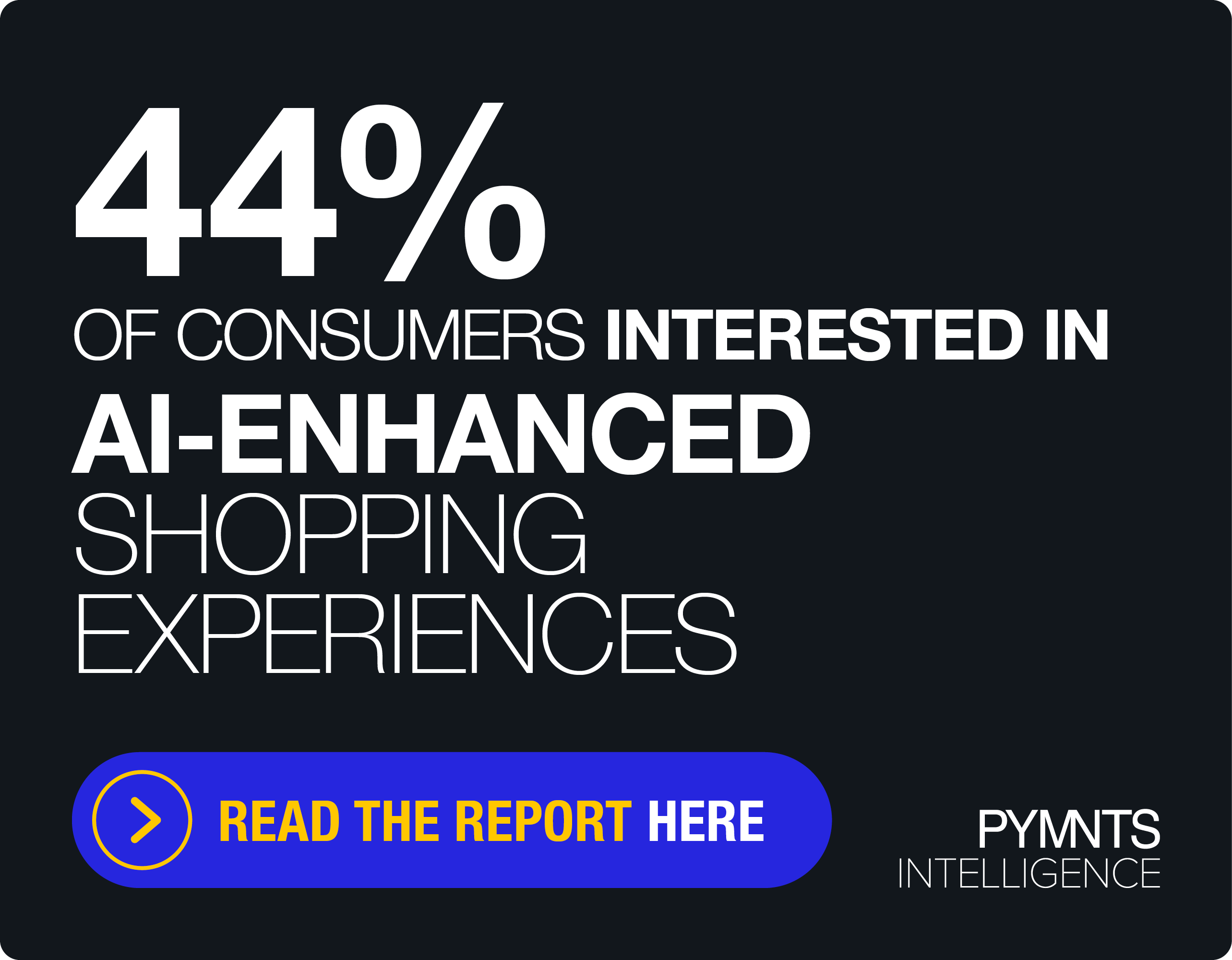Banks and FinTechs Enter New Phase of B2B Payments Partnerships
In the new connected economy, FinTechs and banks have new ways to serve clients.
Sorting out the successes and learnings of the pandemic’s digital shift will provide fodder for MBA programs for years to come, but there are a few areas that have broken the old barriers, using payments to create enduring new value propositions in payments experience.
In a far-ranging talk with PYMNTS’ Karen Webster, J.P. Morgan Commercial Banking’s Head of FinTech Partnerships Peggy Mangot said that beyond the headlines of 2022 are lasting trends in how FinTechs and banks will serve consumers and commercial clients.
“For 2023, everyone is looking at their roadmap and focusing on their most important initiatives, the ones that are going to drive substantial customer impact, material revenue or material expense reduction,” Mangot said.
That takes into account electronic bill presentment and payment that J.P. Morgan debuted last year in partnership with Paymentus and is reflective of other similar trends she’s watching, including embedded finance, which she called “a snowballing trend.”
In a rising rate environment, commercial customers will prioritize cash management, liquidity management and cash flow forecasting going forward, and look to partner on it.
“We didn’t see any of this at Money 20/20 this year, but we will see it at Money 20/20 in 2023, because that interest income is becoming very material,” she said.
FinTech partnerships are bringing these developments to the next level, Mangot said, noting that for years, consumer customers have benefited from data sharing powered by platforms like MX and Plaid. We are now at the stage where we will start to see the commercial customer benefit from data sharing.
“We’re in the early stages of data sharing for the commercial customer,” Mangot said. “Companies like Codat, for example, enable a commercial customer to share their [enterprise resource planning (ERP)] system, which can provide a business customer benefits in onboarding, credit underwriting and cash management. I think that is going to be a huge trend in 2023.”
See also: JPMorgan Chase Says B2B Payments Consumerization Is Driving a Better Experience
The Next Phase
Another hot item on Mangot’s list of ongoing innovations is identity and its endless applications in an expanding connected economy.
Noting that know your customer (KYC), know your business (KYB) and anti-money laundering investments have benefits beyond compliance and expense reduction, she said: “There’s a real fraud reduction consumer experience. You can better work with your regulators when you’ve upgraded to digital KYC/KYB, and all your logs are in a digital database that has a timestamp and a trusted data source.”
Mangot said she is a fan of embedded payments and the booming interest in social shopping.
As for social commerce, she said: “It all leads back to the social networks where people spend their time. Are they going to do shopping on Twitter, Instagram, in Pinterest? They’re talking about it again with TikTok.” It will be an area to watch.
Read also: JPMorgan Sees Changing Role for Treasurers Amid Increased Handling of Third-Party Funds
A Golden Age of Partnerships
With the “build versus buy” conversation inside legacy financial institutions (FIs) being accelerated, Mangot sees banks and FinTechs poised for a new era of cooperation in areas vital to consumers and businesses alike.
“The entire industry is much more open and willing to partner on the FinTech and financial services side,” she said. “This is the golden era for partnerships. As a large FI, we realize the wonderful benefits that a partner can bring, and then they also appreciate the benefits that we can bring to them, particularly around distribution.”
On that front, areas like generative artificial intelligence (AI) for risk management are one innovation Mangot said she is keeping an eye on.
“We talked about data and liquidity and cash management,” she said. “Will there be applications in financial analysis, in cash flow forecasting that can be done via generative AI versus like tools that are written by us? It’s a little bit ‘out there,’ but I think it’s going to be exciting for us to watch.”
